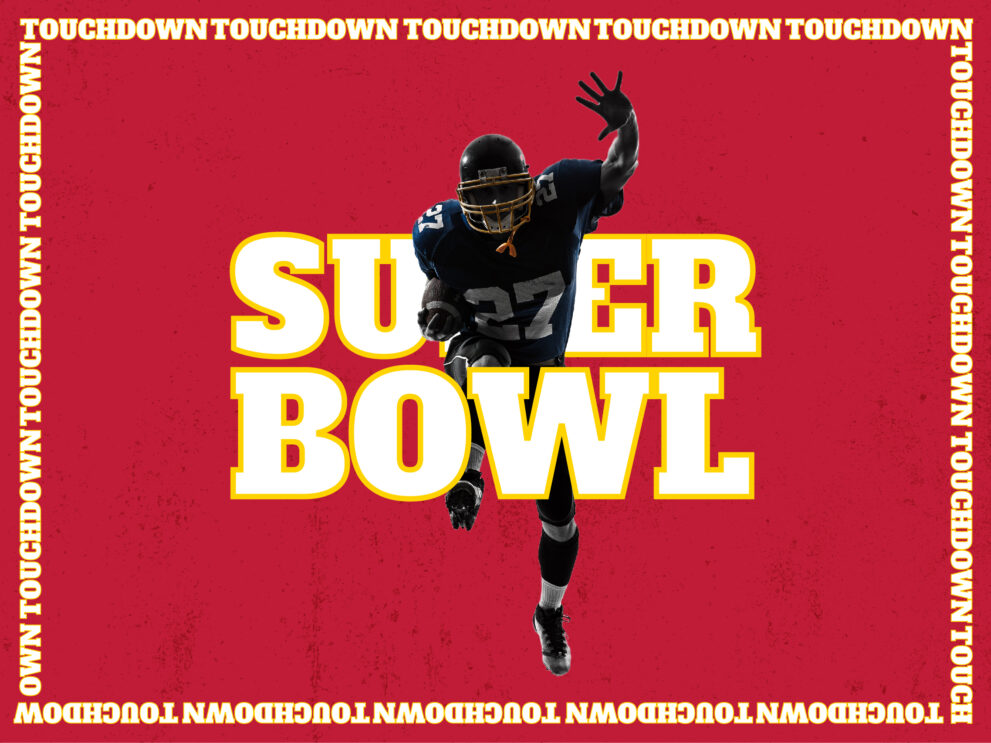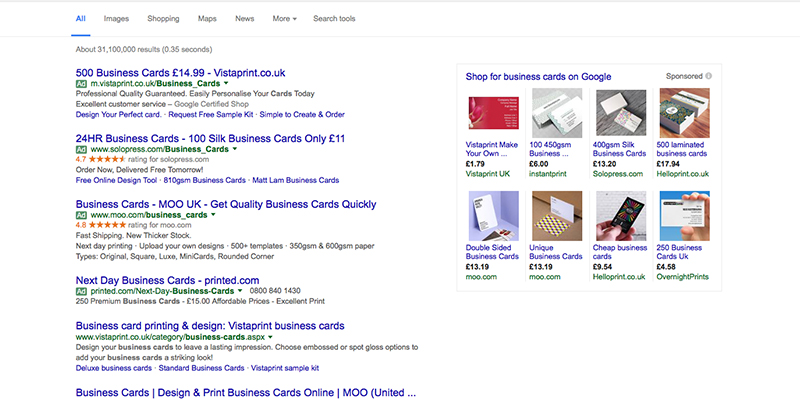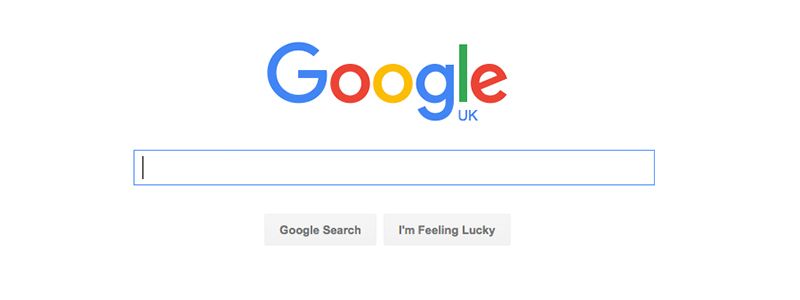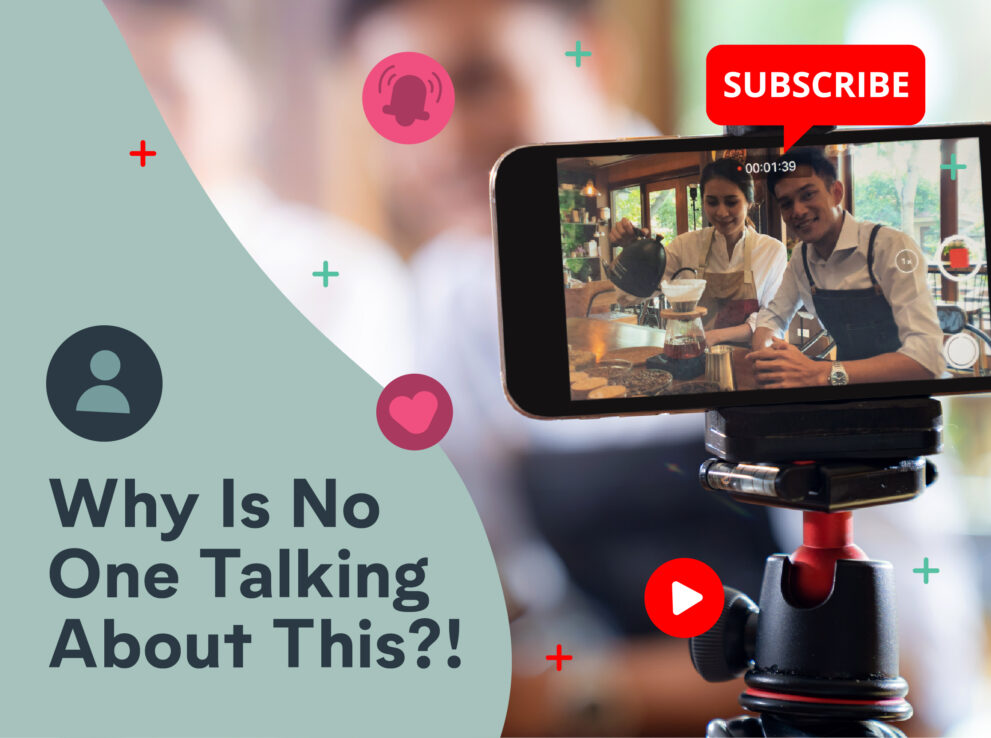
In the last few months there’s been a number of interesting changes in Google’s adwords formula. Whilst these changes aren’t particularly groundbreaking, they are important when it comes to the layout of the ads and the search results pages.
In February, Google began removing right hand side ads from their search results pages, changing the number of text ads allowed on the page from 11 to 7 and featuring only at the top and bottom of the page.
This reduction in the maximum number of ads has lead to concern from many, with many assuming they might be only featuring at the bottom of the page, therefor not getting the attention wanted.

The decrease in spaces means there is an increase in competition for the limited spaces. Leaving many businesses having the spend more money to get to the top. With many businesses having an insufficient budget to keep up with those at the top, it’s a concern that many are wasting their money.
Not only does this change affect paid results but has also lead to concern fir those with organic search results. With the majority of the top of the search results page now paid for ads, it could mean that’s easier for those below the ads to get any recognition and lost opportunities.
However this change doesn’t have to be decremental, as with changes of any type comes new opportunities. With an increase in the number of ads featured in the top of the page, it means a business is now given more opportunity to get found near, if not at, the top, which is where you need to be.

An even more recent change is the introduction of the green ad labels, featured next to the display URL of your ad, these new ad labels replace the yellow ones which Google has been using since 2013.
Whilst there’s no exact reason why this change to the labels has happened, there’s a few possibilities. Whilst Google have said they haven’t noticed a difference in how users distinguish paid and organic listings, it’s could be linked.
With the yellow labels, it was made obvious that the result was a paid ad, which users are less likely to click and will usually head straight to the organic results. The introduction of green on the ad label is a subtle change, which could see people not realise the top results are ads and ultimately clicking more adverts.
These are only small changes introduced by Google and it’s likely there will be even more in the coming months. Despite causing some worry throughout marketers and businesses alike, it’s important to remember that with research and understanding, over time these changes will become a part of normal life and in a few months you’ll have probably forgotten the right hand ads even existed.






